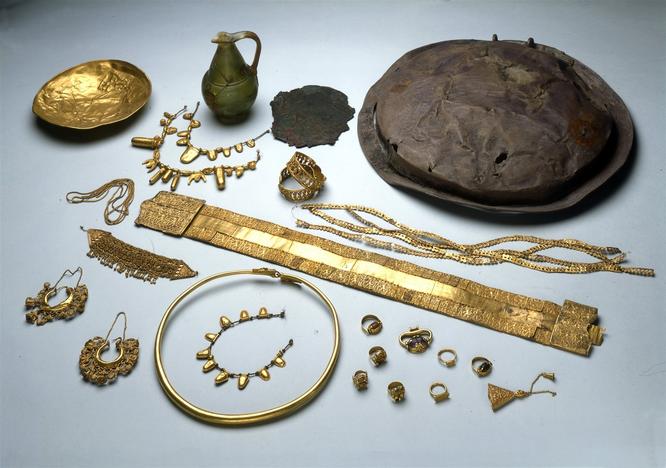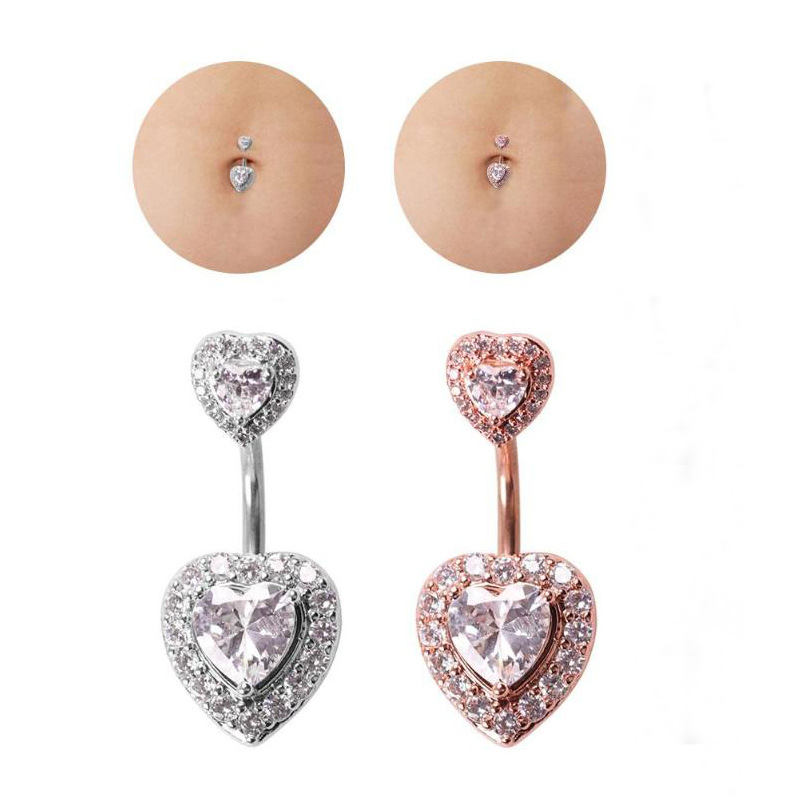The 10 essential archaeological jewels of the National Archaeological Museum
topics / National Archaeological Museum
Treasures of Archeology
The National Archaeological Museum (MAN) houses so many exceptional pieces that a complete list would not fit. For this reason we have prepared this selection with 10 jewels that cannot be missing on a visit to this museum in Madrid.
Journalist specialized in the field of history and travel.
· Reading:
National Archaeological Museum Archive
1 / 10
The Aliseda Treasure
An impressive set of jewels and other artifacts from the 7th or 6th century BC. belonging to the Tartessian culture, one of the first civilizations of the Iberian Peninsula. It is believed that it was the funerary trousseau of an elite woman, since there are several female personal adornments and they are made of precious materials such as gold. The oriental influence in them is interesting, the result of contact with the Phoenician culture.
National Archaeological Museum. Photo: ITMA Foundation, author: Relanzón, Santiago
2 / 10
La Dama de Baza
This funerary urn dates from the 4th century B.C. represents a lady of the Iberian aristocracy. In addition to the information it provides about the clothing of the elite, it is especially valuable for the representation of the symbols of this culture, such as the pigeon, which represents the link between women and divinity. The urn is accompanied by a trousseau made up of a warrior's panoply, a representation of the fights that were held at funeral rites, something that also gives clues about funeral rituals and the influence of Phoenician culture.
National Archaeological Museum. Photo: ITMA Foundation, author: Relanzón, Santiago
3 / 10
The Lady of Elche

Surely one of the most famous archaeological pieces of the Iberian culture, the Lady of Elche is dated to the 5th or 4th centuries BC. and represents the bust of an aristocratic woman. A hollow on the back suggests its use as a funerary urn, while the great detail of the features and the headdress that it wears could be interpreted as a kind of divinization of the deceased. The delicate workmanship of the ornaments points to a high status and to the trade of luxury goods with other peoples of the Mediterranean.
More information about the Lady of Elche.
National Archaeological Museum. Photo: Ángel Martínez Levas
4 / 10
The Pozo Moro Monument
This impressive funerary monument of the Iberian culture consists of sandstone ashlars arranged in the shape of a tower, accompanied by statues of lions and reliefs of which fragments have been preserved. The monument, from the 6th century BC, is a magnificent example of cultural miscegenation: the reliefs depict scenes that have been associated with the story of the hero Heracles, while lions are a very present symbol in the cultures of the ancient Near East.
National Archaeological Museum. Photo: Lorenzo Plana.
5 / 10
The bulls of Costitx
These three bull heads made of bronze, between the 5th and 3rd centuries BC, are an exquisite example of the crafts of the Talayotic culture, native to the Balearic Islands. They were found in the sanctuary of Son Corró (Mallorca), which is why they have been interpreted as the representation of a divinity. The bull was an animal revered by various prehistoric Mediterranean cultures as a symbol of strength, vitality, and fertility.
National Archaeological Museum. Photo: Gabriel López Pérez (www.fotoespacios.com)
6 / 10
The statues of Livia and Tiberius
Placed in the museum's Roman courtyard, this pair of marble statues depicts Livia Drusilla, wife of Emperor Augustus, and her successor Tiberius, her son. During the time of the Roman Empire, this type of effigies had a great political importance as a representation of power, especially in border territories where the imperial institution was perceived as something distant. The fact that a woman like Livia had a statue that put her on a par with the emperor demonstrates the great power she held in life.
National Archaeological Museum. Photo: Gabriel López Pérez (www.fotoespacios.com)
7 / 10
Roman mosaic room
The magnificent mosaics that adorn the rooms of the Roman collection are one of the great jewels of this section of the museum. They come from various villas in ancient Hispania and give a good idea of the environments in which the elite lived. The mosaics stand out for their exceptional state of conservation and their great detail, which reflects the high point of this Roman art. The collection is completed with a wide variety of objects from the imperial period, both monumental and everyday objects.
National Archaeological Museum Archive
8 / 10
The Treasure of Guarrazar
One of the most famous finds in the history of Spanish archaeology, discovered by chance and partially recovered after many journeys. This set of votive crowns and crosses, made of gold and precious stones, is a beautiful example of Visigothic craftsmanship and the Byzantine influences in it. The most famous piece is the votive crown of King Recesvinto (7th century AD), although all the others are equally exquisitely made.More information on the Guarrazar treasure.
National Archaeological Museum. Photo: ITMA Foundation, author: Relanzón, Santiago
9 / 10
The Caliphate Boat of Zamora
This elephant ivory boat dates from the year 964 AD, during the reign of Caliph Alhakén II, one of the most prosperous periods of the Caliphate of Córdoba. The boat takes advantage of the cylindrical shape of the tusk and is decorated with plant and animal motifs that recreate the atmosphere of a palatine garden. It was made for Zoa, the caliph's favorite concubine; In addition to the great detail in its elaboration, it stands out for being a very expensive material and difficult to obtain in al-Andalus, which implies great importance in the commercial relations of the Caliphate of Córdoba with other empires in North Africa.
National Archaeological Museum Archive
10 / 10
The vases of the Alhambra
These vases, made during the 14th century in the Nasrid kingdom of Granada -although the center of production was Malaga- represent one of the last great examples of Andalusian art. Its production process was very laborious, since it required firing the pieces three times, and they were so renowned that they were exported throughout the Mediterranean. Their high cost, their fragility and their precarious stability indicate that they were not intended for practical use but to decorate the palatal spaces as symbols of luxury and wealth.
Learn more
Édouard Manet, a misunderstood painter
Read article







![47 best antiage nutritive cream in 2022 [based on 326 reviews] 47 best antiage nutritive cream in 2022 [based on 326 reviews]](https://website-google-hk.oss-cn-hongkong.aliyuncs.com/drawing/article_results_6/2022/2/27/1918fc37c66ad30564173e69d9df88a0.jpeg)
